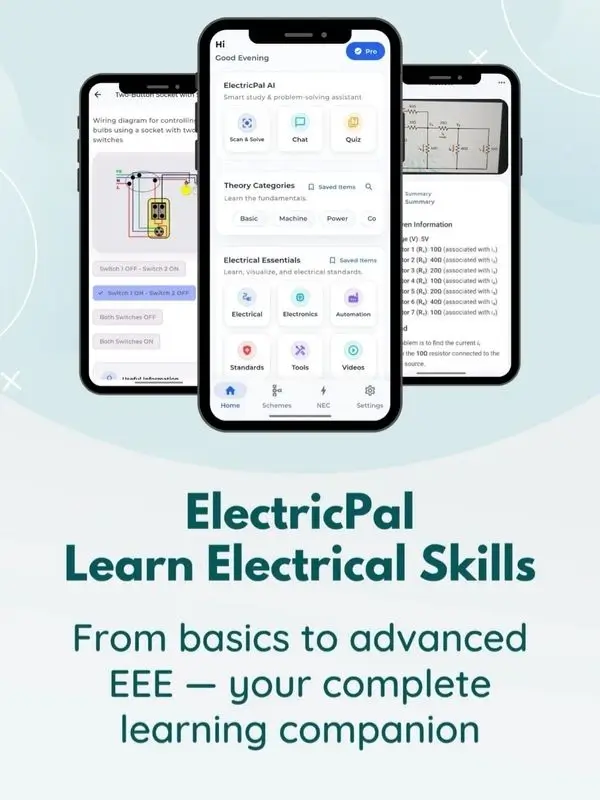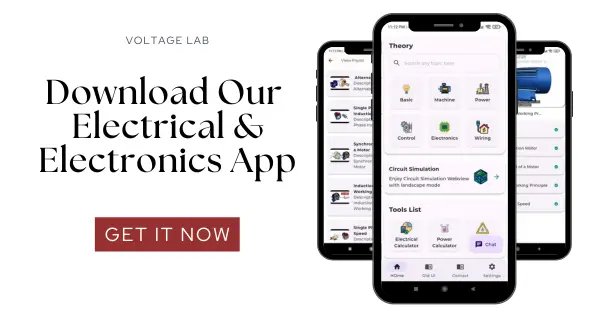

Grounding and Bonding: How Are They Different?
Grounding and bonding are often confused, but they’re not the same. Both work together to keep electrical systems safe.
- Grounding → Connecting an electrical system to the earth, using a grounding electrode. This stabilizes voltage and helps clear faults.
- Bonding → Connecting metal parts (that shouldn’t normally carry current) together so that, in case of a fault, electricity has a low-resistance path back to the source. This ensures the breaker (OCPD) trips.
👉 Think of grounding as the “connection to earth” and bonding as the “connection between parts.”
Why Are They Important?

According to the NEC® 2023, proper grounding and bonding:
- Provide a safe path for lightning, surges, and faults.
- Ensure protective devices trip quickly.
- Prevent shocks, arc-flash, or fires.
Without them, fault currents may never be cleared — creating dangerous situations.
Grounding Methods (NEC 250)
Approved grounding electrodes include:
- Metal water pipe in the earth
- Building steel
- Concrete-encased electrode (“Ufer ground”)
- Ground ring
These connect back to the service neutral with a Grounding Electrode Conductor (GEC), completing the path.
Bonding in Practice


Bonding ensures continuity between enclosures, pipes, and non-current carrying parts. Examples include:
- Equipment grounding conductors (EGCs)
- Conduit systems (RMC, IMC, EMT)
- Bonding jumpers and bushings
This creates a reliable low-impedance path so protective devices trip instantly.
Grounding & Bonding for Flammable Liquids
When transferring fuels or solvents:
- Bonding → connect containers to equalize charge.
- Grounding → connect to earth to discharge static.
⚠️ Without bonding/grounding, static sparks can ignite vapors.
Key Definitions
- Grounding (Earthing) → Connecting to the earth for zero potential.
- Bonding → Connecting two conductive parts together so they share the same potential.
- EGC (Equipment Grounding Conductor) → In the U.S., this conductor is both grounding and bonding, though technically it performs bonding.
✅ In short:
- Grounding connects to earth.
- Bonding connects equipment.
- Together, they protect people, equipment, and facilities.
⚡ Stay safe: Always follow NEC/IEC standards when installing grounding and bonding systems.
Here download the Pdf about Grounding and Bonding.pdf



